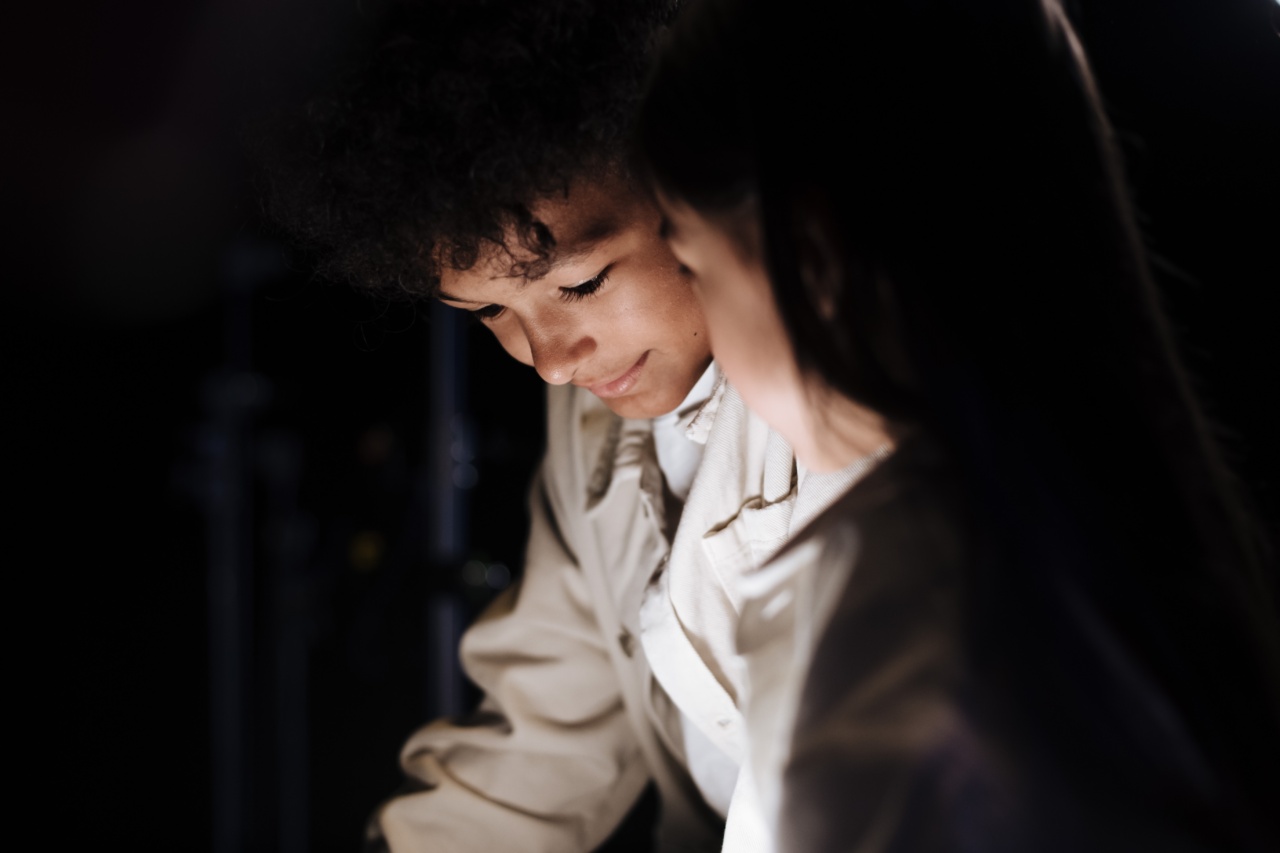Social media use has become ubiquitous among teenagers in today’s digital age. While social media platforms offer many benefits, such as enhancing communication and connectivity, they also come with potential downsides.
One concerning issue is the impact of excessive social media use on teenagers’ mental health, specifically its association with depression. This article explores the relationship between teenagers’ social media use and depression, shedding light on the factors that contribute to this connection and discussing potential strategies for mitigating its adverse effects.
The Prevalence and Appeal of Social Media
In recent years, social media has rapidly gained popularity among teenagers.
Platforms like Instagram, Snapchat, Facebook, and Twitter provide adolescents with the opportunity to connect with friends, express themselves creatively, and gain social recognition. Social media platforms offer a sense of belonging, instant gratification through likes and comments, and a platform for self-expression – all of which can be highly appealing to teenagers.
The Link Between Social Media Use and Depression
Research suggests that excessive social media use can contribute to feelings of depression among teenagers.
The constant exposure to carefully curated, idealized lives portrayed by peers on social media can lead to negative self-comparisons and feelings of inadequacy. Moreover, the addictive nature of social media, with its constant stimuli and fear of missing out (FOMO), can leave teenagers feeling anxious and disconnected from real-life experiences, exacerbating depressive symptoms.
Depressive Symptoms and Social Media
Several studies have found a positive correlation between social media use and depressive symptoms among teenagers.
Excessive social media consumption may lead to feelings of loneliness, anxiety, low self-esteem, and discontentment with one’s own life. Adolescents who spend more time on social media platforms are also more likely to compare themselves negatively to others, fostering feelings of envy and depression.
Social Media’s Negative Impact on Sleep Patterns
Another significant factor contributing to the association between social media use and depression in teenagers is the disruption of sleep patterns.
Nighttime social media use, especially in the dark, can interfere with the production of melatonin, a hormone vital for regulating sleep-wake cycles. Reduced sleep quality, quantity, and regularity can lead to mood disturbances, increased irritability, and a higher risk of developing depressive symptoms.
Online Bullying and Depression
Social media platforms unfortunately provide a breeding ground for cyberbullying, which can significantly impact a teenager’s mental health.
Cyberbullying involves the use of digital communication tools to harm, intimidate, or humiliate individuals. Victims of cyberbullying are at an increased risk of developing depression, anxiety, and even suicidal thoughts.
The online nature of such bullying can make it difficult for parents and authorities to identify and intervene promptly, further exacerbating the negative effects on a teenager’s well-being.
Strategies for Mitigating the Negative Effects of Social Media
While it is challenging to eliminate social media use entirely, there are strategies that parents and teenagers can employ to minimize its potential negative impact:.
1. Promote Open Communication
Encourage open and honest discussions about social media use, its influence, and the potential risks. Establish a supportive environment where teenagers feel comfortable sharing their experiences and concerns.
2. Set Time Limits
Establish clear boundaries regarding the amount of time teenagers can spend on social media platforms. Encourage them to prioritize offline activities, such as physical exercise, hobbies, and spending time with friends and family.
3. Foster a Positive Online Environment
Teach teenagers to curate their social media feed by following accounts that inspire and uplift them. Unfollowing or muting accounts that trigger negative emotions can help create a more positive online experience.
4. Educate About the Illusions of Social Media
Help teenagers understand that social media often presents a distorted reality, where individuals selectively showcase the best aspects of their lives.
Teaching them to differentiate between reality and carefully edited content can minimize negative self-comparisons.
5. Encourage Face-to-Face Interaction
Promote offline social connections by encouraging teenagers to engage in face-to-face interactions with friends and family.
Facilitating real-life social experiences fosters a sense of belonging and helps counteract the feelings of loneliness that excessive social media use can trigger.
6. Monitor Online Behavior
Regularly check teenagers’ online activities to identify any signs of cyberbullying or excessive social media use. Encourage them to report any instances of bullying, and establish a reliable support network to address such issues promptly.
Conclusion
While social media can offer myriad benefits to teenagers, excessive use without appropriate management can contribute to depression and other mental health issues.
By understanding the link between social media use and depression, parents, educators, and teenagers themselves can take steps to mitigate the negative impact. Encouraging healthy habits, fostering open communication, and creating a supportive offline environment can help teenagers navigate the digital realm more mindfully and preserve their mental well-being.






























